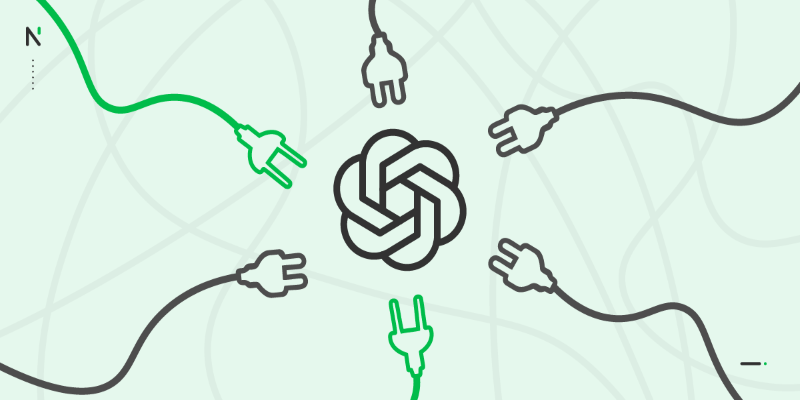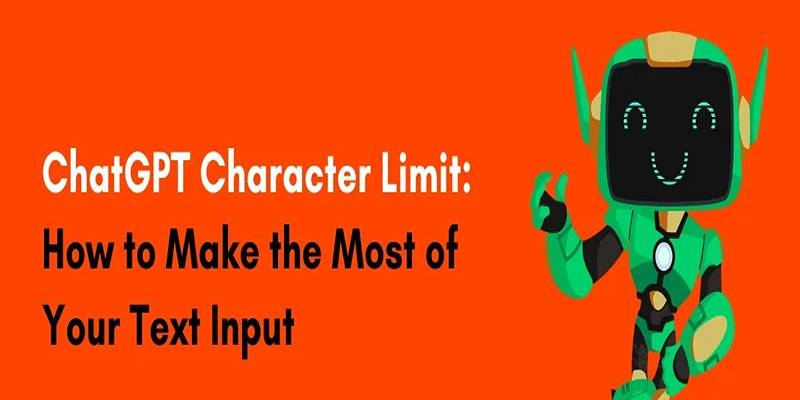Advertisement
Artificial Intelligence has already transformed how people communicate, learn, work, and even receive medical care. Now, a new frontier is emerging—one that goes beyond logic and computation to explore something deeply human: emotion. Known as Emotion AI, or affective computing, this technology is designed to detect, interpret, and respond to human emotional states through cues like tone of voice, facial expressions, gestures, and even biometric signals.
Unlike traditional AI, which focuses on data-driven tasks, Emotion AI aims to bridge the emotional gap between humans and machines. Its influence is already being felt in sectors such as healthcare, education, marketing, and automotive safety. Yet, as its capabilities grow, so do the ethical questions and doubts about whether machines can ever truly understand how we feel.
The process of enabling machines to interpret and respond to human emotions is both technically sophisticated and deeply interdisciplinary. Emotion AI, or affective computing, combines artificial intelligence with cognitive science, psychology, and human-computer interaction to detect emotional cues. These cues are derived from a variety of input sources and analyzed using advanced computational techniques.
By integrating tools like computer vision, audio analysis, natural language processing (NLP), and biometric monitoring, Emotion AI attempts to mimic how people subconsciously read emotions in others. Below are the major components—and some lesser-known methods—that make this emotionally aware technology function.
Facial expressions remain one of the most prominent indicators of emotion. Using computer vision algorithms and deep learning models, Emotion AI can detect movements of facial muscles that correspond with different emotional states. From a broad smile to a subtle eyebrow twitch, these expressions are mapped against known emotional patterns to interpret underlying feelings.
Advanced systems can even identify micro-expressions—fleeting involuntary facial movements that reveal genuine emotions, often hidden by conscious control. This capability allows Emotion AI to assess not just what someone is displaying, but what they might be trying to suppress.

The human voice carries a wealth of emotional information. Emotion AI uses audio signal processing and machine learning to examine tone, pitch, loudness, speech tempo, and voice inflection. These elements are not just background noise—they offer real insight into a speaker’s mood or stress level.
For example, elevated pitch and rapid speech may indicate excitement or anxiety, while slow, low-toned speech may suggest sadness, fatigue, or disinterest. Multimodal systems often combine these vocal cues with facial recognition or text analysis to boost emotional detection accuracy.
In text-based interactions—like chatbots or emails—Emotion AI applies NLP to analyze syntax, sentiment, and context. It can identify emotionally charged words, detect sarcasm through word patterns, and even assess the emotional tone of an entire conversation.
Beyond sentiment analysis, some advanced models apply emotion classification to label text with specific emotions (e.g., anger, fear, joy, surprise) rather than general polarity (positive or negative).
In high-fidelity applications, Emotion AI incorporates biometric signals—like heart rate variability, skin conductance, body temperature, or pupil dilation—to gain a deeper understanding of emotional states. These measurements are typically gathered via wearable sensors, eye trackers, or other monitoring devices.
Physiological changes often precede visible emotional expressions, making them valuable indicators in fields like healthcare, psychology, and experimental research. For instance, an increase in heart rate and perspiration can signal anxiety or stress, even when the person appears calm externally.
Emotion is also conveyed through body posture, hand gestures, and physical movement. Emotion AI systems equipped with motion sensors or video input can analyze these physical behaviors to detect emotional cues.
A person crossing their arms, tapping their foot, or slouching might be expressing discomfort, impatience, or fatigue. These cues often complement facial and vocal data to provide a more holistic emotional profile. This method is especially useful in interactive environments like virtual reality or robotic interfaces.
Another emerging method involves tracking eye movement and gaze direction. Eye behavior can reveal attention, cognitive load, and emotional arousal. For example, rapid blinking, pupil dilation, or avoiding eye contact can be signals of nervousness or emotional conflict.
This technique is frequently used in usability testing and psychological research. When integrated into Emotion AI systems, it allows machines to assess not only where a user is looking, but why—offering more context for their emotional state.
One of the most effective approaches in Emotion AI is multimodal analysis—combining multiple data sources such as facial expressions, voice, body language, and physiological inputs. Rather than relying on a single indicator, the AI system synthesizes data streams to form a comprehensive understanding of emotion.
This method significantly improves accuracy because human emotions are rarely expressed through just one channel. Multimodal AI can, for example, detect inconsistencies between verbal and non-verbal cues, which might suggest sarcasm, discomfort, or masking of true feelings.

Emotion AI can identify signals that suggest emotional states, but whether it can understand emotions in the human sense is debatable. Emotions are not binary or always externally visible—they are layered, complex, and deeply personal. Even humans struggle to accurately interpret feelings in themselves or others.
AI lacks consciousness and lived experience, so its “understanding” is based solely on patterns in data. It does not empathize or feel, and its responses are modeled predictions, not genuine emotional reactions.
That said, accuracy and nuance in emotional recognition are improving. The more contextual information an AI has, the better it can approximate appropriate responses. But limitations remain, especially when cultural, linguistic, or individual differences affect emotional expression.
Emotion AI is not here to replace human empathy or emotional intelligence—it is a tool meant to support and enhance how machines interact with people. While it can detect patterns and predict emotional states, it cannot feel, relate, or understand in the human sense. But when used ethically and transparently, it can make digital interactions more responsive, respectful, and emotionally aware—bringing us one step closer to truly intelligent technology.
Advertisement

Discover how ChatGPT enhances smart home automation, offering intuitive control over your connected devices.

Explore 8 strategic ways to use ChatGPT for content, emails, automation, and more to streamline your business operations.

Can ChatGPT really solve math problems? Discover its accuracy in arithmetic, algebra, geometry, and calculus.

Ever wondered what plugins come standard with ChatGPT and what they're actually useful for? Here's a clear look at the default tools built into ChatGPT and how you can make the most of them in everyday tasks

DataRobot's Enterprise Suite helps businesses manage generative AI with governance, monitoring, and compliance for safe AI use

Learn ChatGPT's character input limits and explore smart methods to stay productive without hitting usage roadblocks.

This guide shows how to set up ChatGPT on Android and iOS for private, smooth, and on-the-go AI conversations.

Learn how to use ChatGPT with 7 smart prompt categories—from DeFi to NFTs, analysis, education, and more.

Ever wondered how decision trees decide on the best split? Learn how decision trees work, how to tune them, and when they shine as a model for your data

Speak to ChatGPT using your voice for seamless, natural conversations and a hands-free AI experience on mobile devices.

Wondering whether TensorFlow or Keras fits your project better? Learn how they compare in simplicity, flexibility, performance, and real-world use cases

Learn what AI red-teaming means, why it matters for AI safety, and how it helps find and fix risks in different AI systems